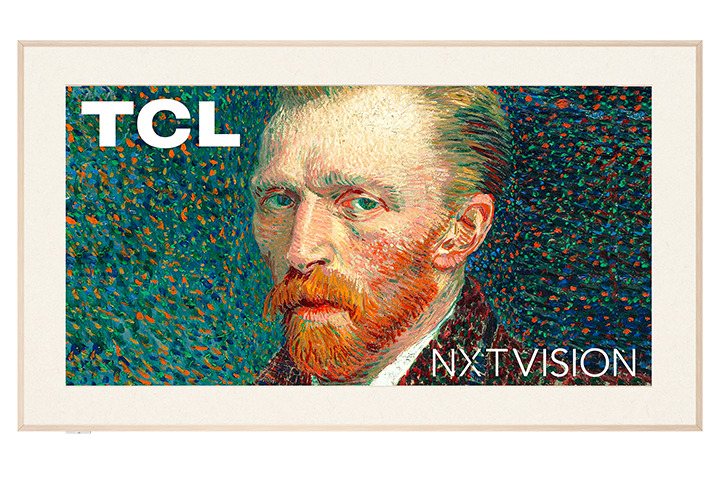There are a lot of new TV terms out there, and it can get confusing pretty fast. Mini-LED is getting more attention, but most people are not sure what sets it apart from regular LED TVs. If you have been shopping for a new TV or just want to know what all the fuss is about, this post should help clear things up. We will walk through how a standard LED TV works, how Mini-LED changes things, and what that means for brightness, local dimming, and even energy use. We will also talk about what these changes mean for watching movies or sports, looking at things like HDR, motion, and color. If you are curious about how TVs are getting better, keep reading.
What Makes a LED TV Different from a Mini-LED TV
The main things that set regular LED TVs apart from Mini-LED TVs are the size and number of LEDs used for the backlight. Regular LED TVs use a backlight made from light emitting diodes (LED lights). These LEDs are placed behind or on the edges of the screen. The light shines through a layer of liquid crystals, which helps make the picture you see. The number of LEDs used in regular LED TVs is usually limited, and the size of each LED is larger.
Mini-LED TVs use much smaller LED bulbs. Because the LEDs are smaller, there can be thousands of them packed behind the screen. This allows the TV to better control which sections have light or not.
Mini-LED Backlights: Brightness and Local Dimming
Since Mini-LED TVs use thousands of small LED lights behind the screen, this means they can reach higher brightness compared to regular LED TVs. This helps the picture stay bright even in well-lit rooms. Regular LED TVs use fewer, larger lights, which can limit how bright the picture gets.
Another difference is how mini-LED TVs handle dark and bright spots on the screen. Mini-LED TVs have better ability to control which segments have light or not, called “local dimming zones”. These zones let the TV control light in small sections, so bright areas can stand out while dark areas stay deep and dark. Regular LED TVs have fewer zones, which can make it harder to keep bright and dark areas separate. This can lead to a more washed-out look in some scenes.
Mini-LED TVs can also use less energy for the same level of brightness as regular LED TVs. Because they use more, smaller lights, they can be more careful with power. This can mean lower electricity use, especially when showing darker scenes or when the brightness is turned down.
Picture Quality: HDR Movies and Sports
Mini-LED TVs are often chosen for watching HDR movies and sports because they have more control over lighting. HDR content is made to show a wider range of light and dark areas. With more small LED lights behind the screen, mini-LED TVs can make bright highlights stand out while keeping dark areas deep and less washed out. This can make movies and shows look more like what the director planned, with less light bleeding between bright and dark spots than regular LED TVs.
Sports fans notice that mini-LED TVs do a better job with motion. When you watch fast-moving scenes, like a football game or a car race, the picture stays clearer. This happens because mini-LED TVs can change light levels quickly across different parts of the screen. Regular LED TVs sometimes show blur or trails behind moving objects, but mini-LED TVs help keep the action sharp and easier to follow.
Viewing angles and color uniformity can be better on some mini-LED TVs, too. The extra control over backlighting helps keep colors looking even from side to side. This means people sitting off to the side may see less color shift or fading compared to older LED TVs. The exact results depend on the display panel type, but mini-LED backlights can help keep the picture more even for a group watching together.
In Summary
Mini-LED TVs stand out from regular LED TVs mostly because they use a lot more, much smaller LED lights for their backlight. This lets them control brightness and darkness in small sections, which helps with better contrast, less light bleed, and more even colors. If you want a TV that is brighter, uses less power for the same brightness, and shows clearer motion for sports or movies, a mini-LED TV is worth looking at. The extra control over lighting makes a real difference, especially for HDR content and group viewing. If you are shopping for a new TV and care about picture quality, mini-LED is something to keep in mind.




